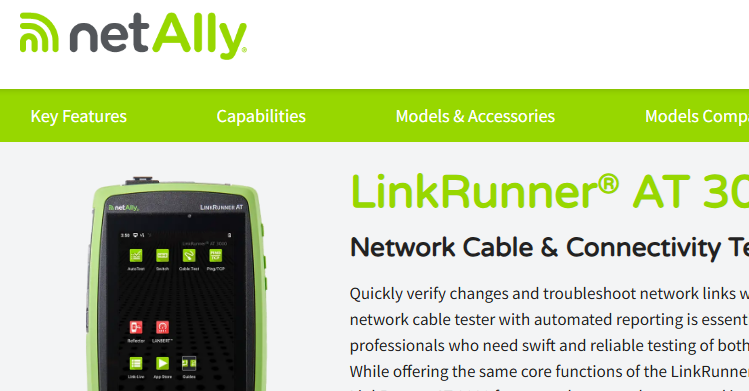What Happens When IPs Run Out? Why You Should Test Your Network Gear to Find Out
- Tony Fortunato

- Jun 23
- 2 min read
Updated: Jun 29
Understanding how your network equipment behaves when it runs out of IP addresses is critical for preventing service disruptions. In a dynamic environment—especially one that uses DHCP—it's not uncommon to exhaust a pool of IPs due to misconfiguration, long lease times, or unexpected device growth. In this blog post, I share a video where I put my own equipment to the test, intentionally running out of available IPs and using both Wireshark and the device logs to observe what happens behind the scenes. The results offer valuable insight into how your tools respond under pressure—and where potential failure points might lie.
Wireshark is a powerful ally during this kind of testing. By capturing the packet exchange between devices trying to obtain an IP and the DHCP server’s responses (or lack thereof), you can see the exact sequence of discovery, request, or any failures. This helps identify whether clients simply stop trying, whether they send repeated requests, or whether the server gives any clues about what’s going wrong. In my test, Wireshark confirmed DHCP requests were being made but no responses were coming back once the pool was depleted—a clear indicator of exhausted resources.
Logs from the equipment itself provided a second layer of confirmation. My router log showed a DHCP message. Together, the packet data and device logs painted a full picture of what went wrong and how long it took to recover once addresses became available again. Testing like this helps network technicians preempt issues in real deployments and refine their monitoring and alerting setups. Don’t wait until a user reports connectivity problems—simulate them, study the response, and be ready.
some of the gear you see
NetAlly Linkrunner
Ubiquiti EdgeRouter 4 (ER-4)
Ubiquiti EdgeSwitch 8, 8-Port Managed PoE+ Gigabit Switch
Click the image below to attend NetBeez's July 10 webinar





